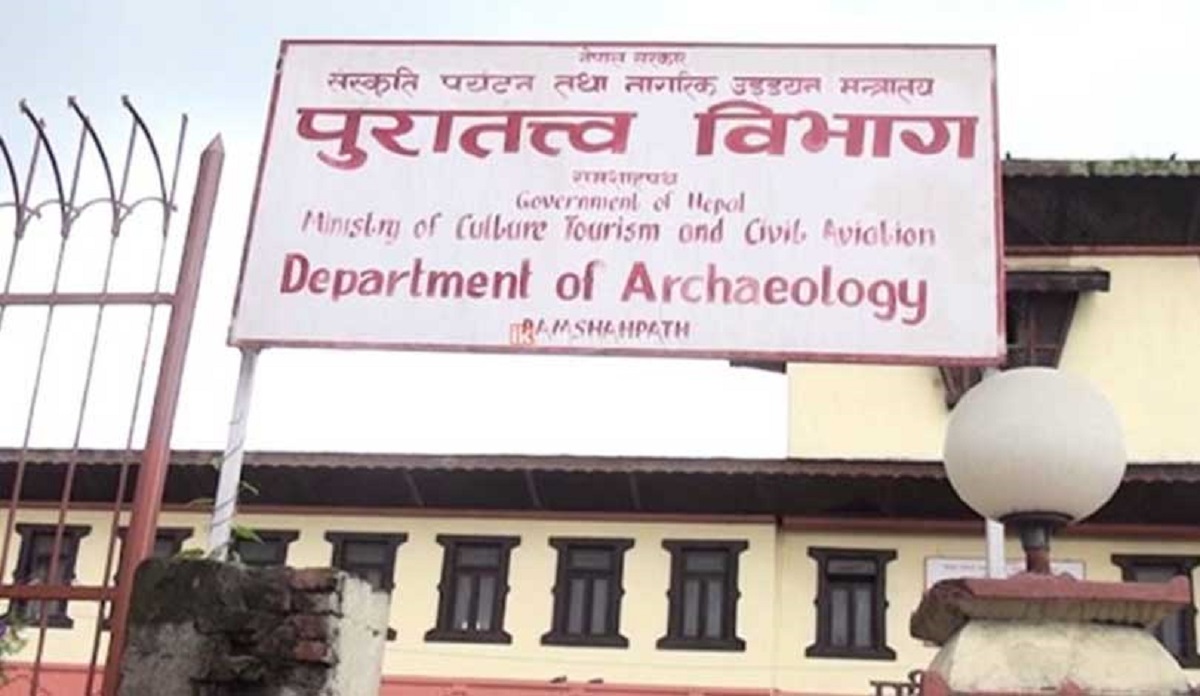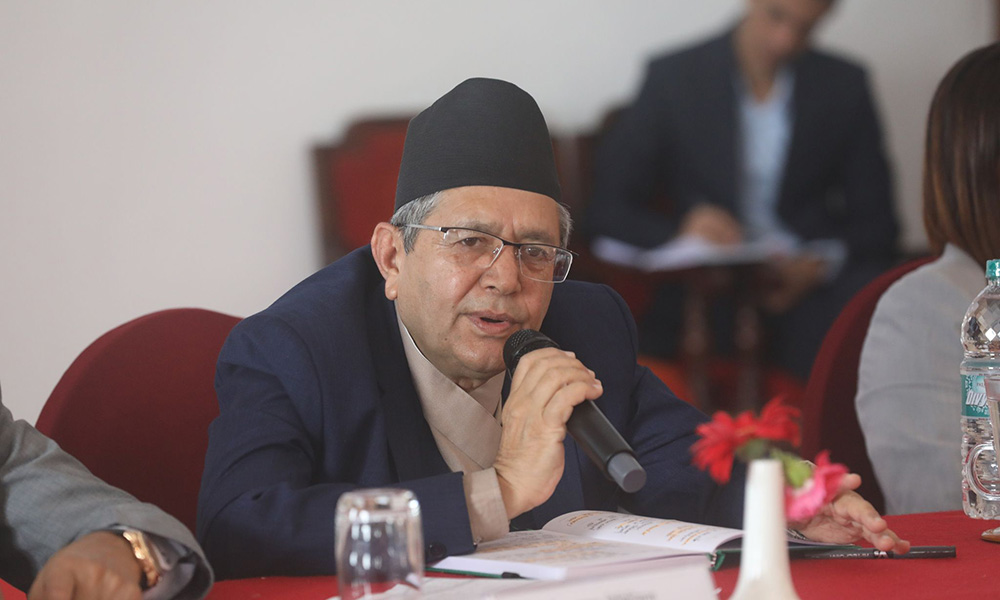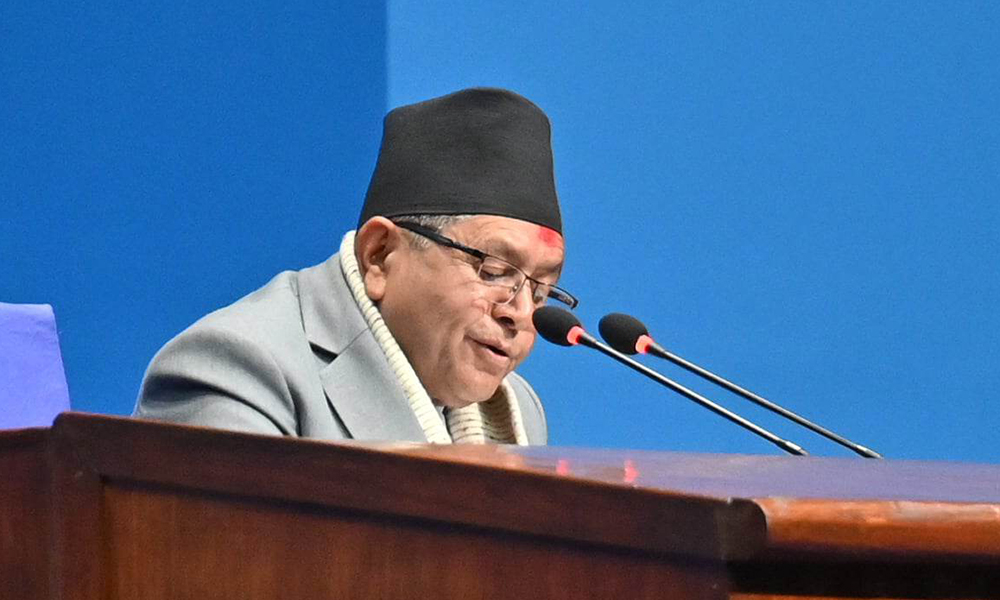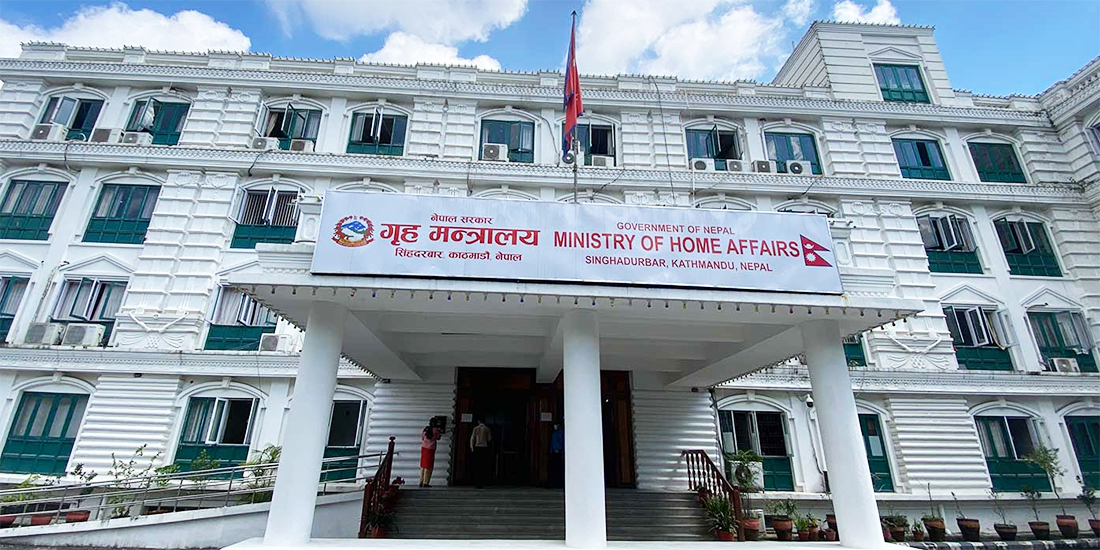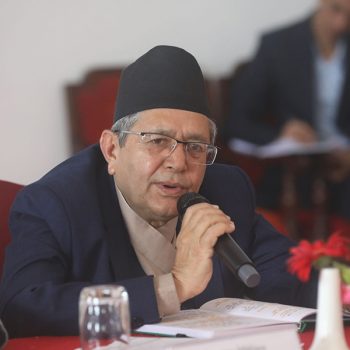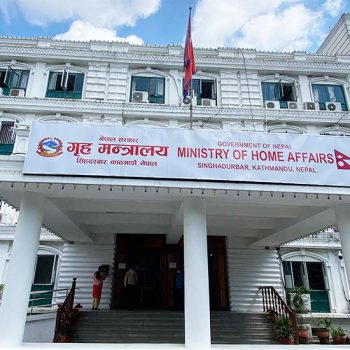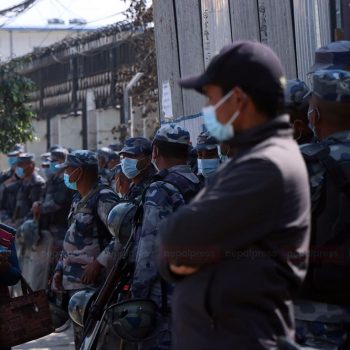Engineered Disasters – The amplified September 2024 catastrophe in the Nepal Himalaya

Phenomena like floods, landslides and earthquakes are the medium of hazard. But how we design and maintain infrastructure determines if hazards turn into disasters. Since today’s decisions affect the future, it is crucial that development be risk-sensitive. Disasters are not natural, they are the results of risk-insensitive development activities. For instance, in 2021/22 in a village in western Nepal, when technicians were planning to construct a bridge across the Mahadeva River, locals suggested a different alignment of the bridge to avoid the annual monsoon flood, which they face annually. However, the technicians disregarded communities’ suggestions and constructed what they thought was the best design. The next year, the flood entered the village. Likewise, in another Rural Municipality of the same region, locals suggested not constructing a hospital near a local river called Dolai, which is flood-prone, but again their suggestion was not considered. Now the hospital is vulnerable to inundation during seasonal monsoon rains. If a hazard is amplified to a disaster due to the ignorance of individuals (e.g. authorities, technicians and households) of local geography, risk histories, knowledge and community participation, we call it an “engineered disaster”.
The above are just representative examples of the ways in which development can create risk in Nepal. Every year, hundreds of such infrastructures are constructed without the knowledge and study of local risk geographies exposing them to hazards. The floods and landslides triggered by the 26-28 September 2024 rainfall, which took the lives of more than 240 people and loss of valuable infrastructure (e.g. roads, irrigation, energy, water, agriculture, etc.) incurring more than 15 billion Nepali rupees (initial estimation), were amplified due to the prevalence of infrastructure and houses on the banks of rivers. Given the huge loss Nepal experienced in the September 2024 catastrophe, we have the following five suggestions for future risk-sensitive development and urbanization. Implementing these is essential for Nepal to achieve a risk-resilient society as envisioned by the National Climate Change Policy 2019.
First
Just as countries located near the sea teach swimming to their citizens, given Nepal’s exposure to various hazards, providing education in geography and geology should be an integral part of the school-to-university education system, especially for those teaching technical subjects. Additionally, with its width ranging from lowland southern Tarai (<300 meters above sea level) to the Himalaya (8848 masl i.e. Mt. Everest) within around 200 kilometers, the geomorphology, climate and vegetation resemble areas ranging from equatorial to polar regions. So, the engineering methods used in the Tarai may not fit in the Hill and Himalayan regions. The models, methods and formulas used in other countries will need to be customized to fit local geography and geology. Without this, infrastructures turn into the very tools for amplifying hazard and disaster impacts, leading to the creation of more engineered disasters.
Second
The government has to regulate the haphazard expansion of settlements and the excavation of sand and rocks near river banks and upstream areas immediately. The widespread disaster caused by the September floods in the Kathmandu Valley was also due to the mining in river banks for construction materials. The growing construction in the surrounding hills (locally called kanth) and lowland areas (dol) of the Kathmandu Valley led rainfall water to flow directly into the main river, triggering overflowing and flooding. Additionally, the huge destruction that occurred in the Roshi River (Kavrepalanchwok district) and Nakhkhu River (Lalitpur district) was a great consequence of such haphazard excavation. Learning from the September 2024 disaster, therefore, the government has to focus on regulating haphazard construction and excavation as a national priority.
Third
The haphazard road construction in the mid-hills region, an area of relatively soft geology, has led to increased landslide hazard. Without considering slope stability and monsoon water management during the construction, such roads can turn into creeks. Runoff can mix downstream rivers with debris including soil, sand, leaves and small rocks causing lateral erosion and landslides en route. Such disasters had already occurred in Nepal. Therefore, such haphazard road construction has to be highly regulated to encourage only the construction of high-quality and risk-resilient roads targeting local economic development.
Fourth
Importantly, risk analysis is not routinely undertaken before infrastructure development. This should be an essential early step for risk reduction of potential hazards. For instance, if the risk analysis of the Melamchi Water Project (Sindhupalchwok district) had been done, we could have avoided the loss of huge destruction caused by landslides in June 2021. By studying the local geography, drainage system, past hazards, we could assess and avoid the potential impacts of construction on local geography and society thereby the sustainability and resilience of infrastructures. Hazards are a natural phenomenon, therefore if we, for example, can spend an additional 1 rupee for risk reduction at present we could avoid disaster equivalent to 10 rupees in the future. Alternatively, continuing infrastructure development without risk analysis means we are creating a favorable environment for future disasters.
Fifth
Nepal is highly vulnerable to landslides, floods, fires, earthquakes and climate change so the agencies related to risk management during and after disasters must be fully prepared. Unfortunately, the amplified catastrophe of September 2024 was also due to the government’s delayed rescue operation. For instance, in the September flood, four people standing on the roof of their house, which was corralled by the Nakkhu River flood, called for help for several hours but unluckily nobody reached there for help. The river swept their house, luckily two survived. Moreover, the Department of Hydrology and Meteorology alerted the government regarding the September heavy rainfall and potential disasters more than a week before, the disaster management apertures of the government could not prepare and make necessary decisions in advance, consequently, people faced a huge loss. To avoid similar blunders in future, the risk reduction and management (e.g. rescue and relief) departments and line agencies must be in the ready-to-go form throughout the year.
Finally, another rainfall akin to September 2024 could reoccur in Nepal. It may take a couple of decades, but there is a high chance of the reoccurrence. Therefore, to meet the goal of the National Climate Change Policy 2019, the three tiers of the government i.e. federal, provincial and local should consider, as suggested above, developing a risk-resilient society by considering local risk geography and promoting risk-sensitive infrastructure development in their constituencies from today.
Dr. Poudel is associated with Southasia Institute of Advanced Studies (SIAS), Nepal and Dr. Pelling is associated with University College London (UCL), United Kingdom


